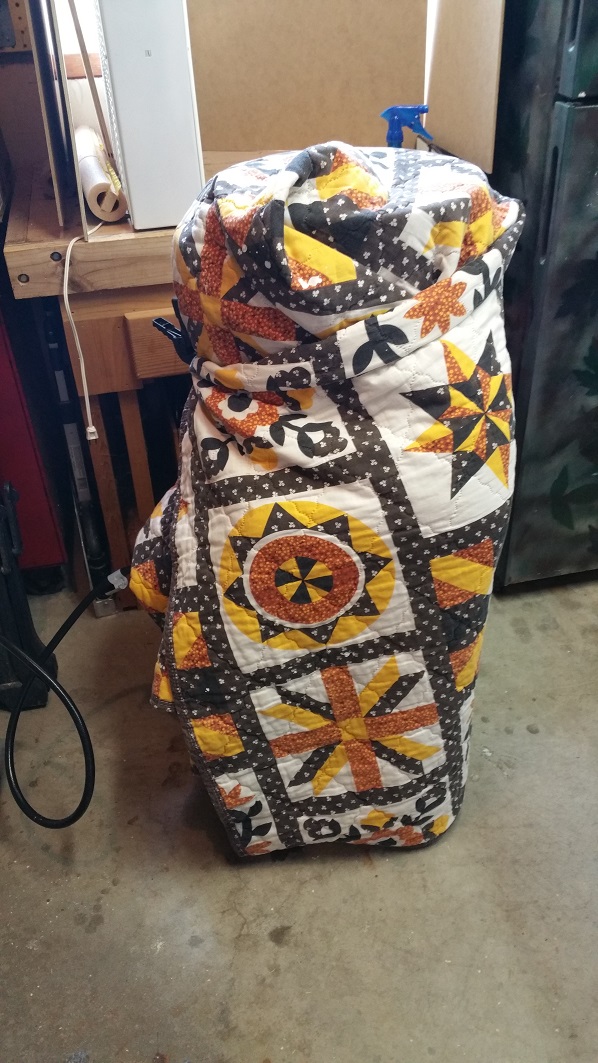I'm using the Blichmann Hellfire burner as my heat source. It's a....well, hellfire. I've struggled to dial in my mash temperatures and I know why.
The pic below shows the supports for the kettle on my hellfire. Yes, what you see is glowing red hot. That's a pretty good indication of how hot the whole unit is, and it keeps pumping heat into the kettle even after I turn off the gas.
I've learned to turn it off, stir, wait a couple minutes, stir again, and it seems to work better that way. Anyone who's struggling to hit their temps, look for a source of residual heat like this one.

The pic below shows the supports for the kettle on my hellfire. Yes, what you see is glowing red hot. That's a pretty good indication of how hot the whole unit is, and it keeps pumping heat into the kettle even after I turn off the gas.
I've learned to turn it off, stir, wait a couple minutes, stir again, and it seems to work better that way. Anyone who's struggling to hit their temps, look for a source of residual heat like this one.




























![Craft A Brew - Safale S-04 Dry Yeast - Fermentis - English Ale Dry Yeast - For English and American Ales and Hard Apple Ciders - Ingredients for Home Brewing - Beer Making Supplies - [1 Pack]](https://m.media-amazon.com/images/I/41fVGNh6JfL._SL500_.jpg)

































